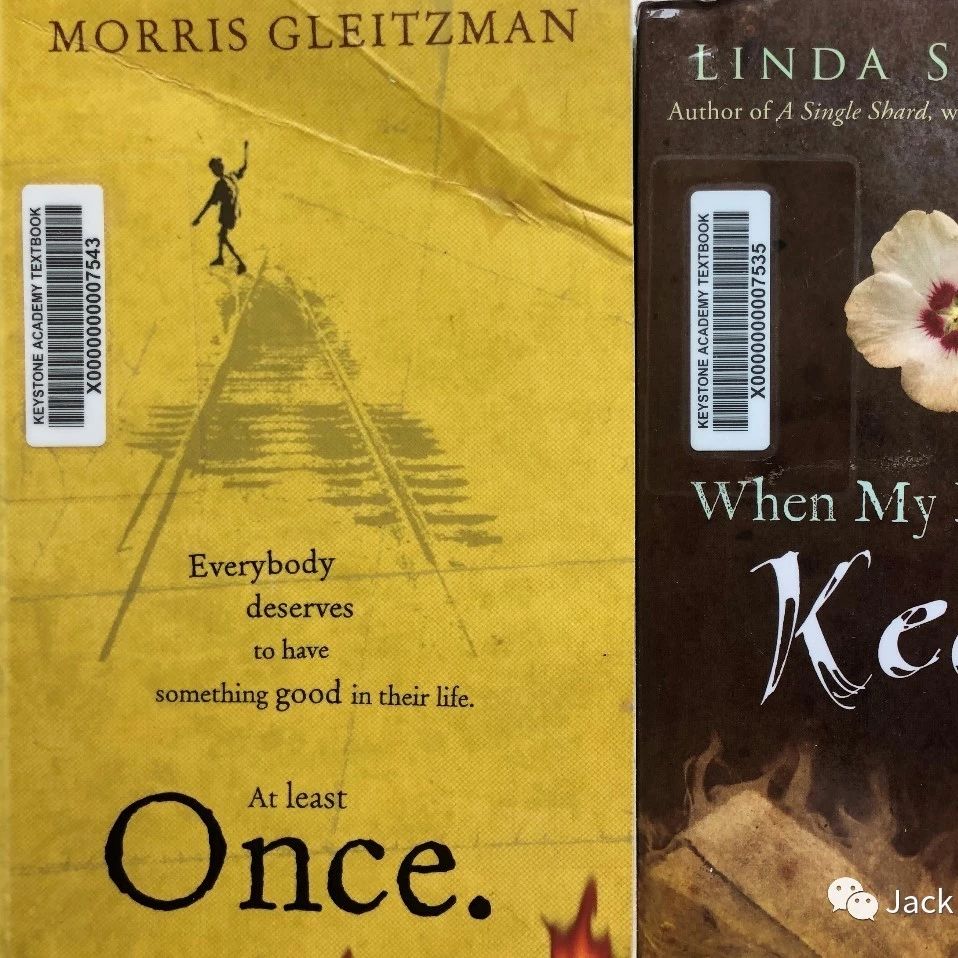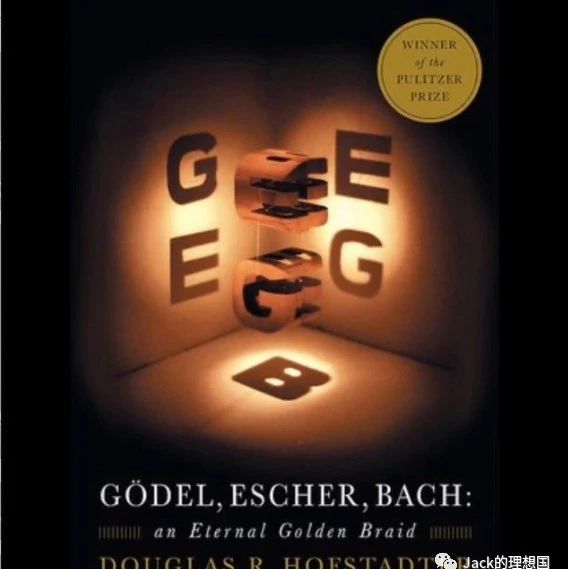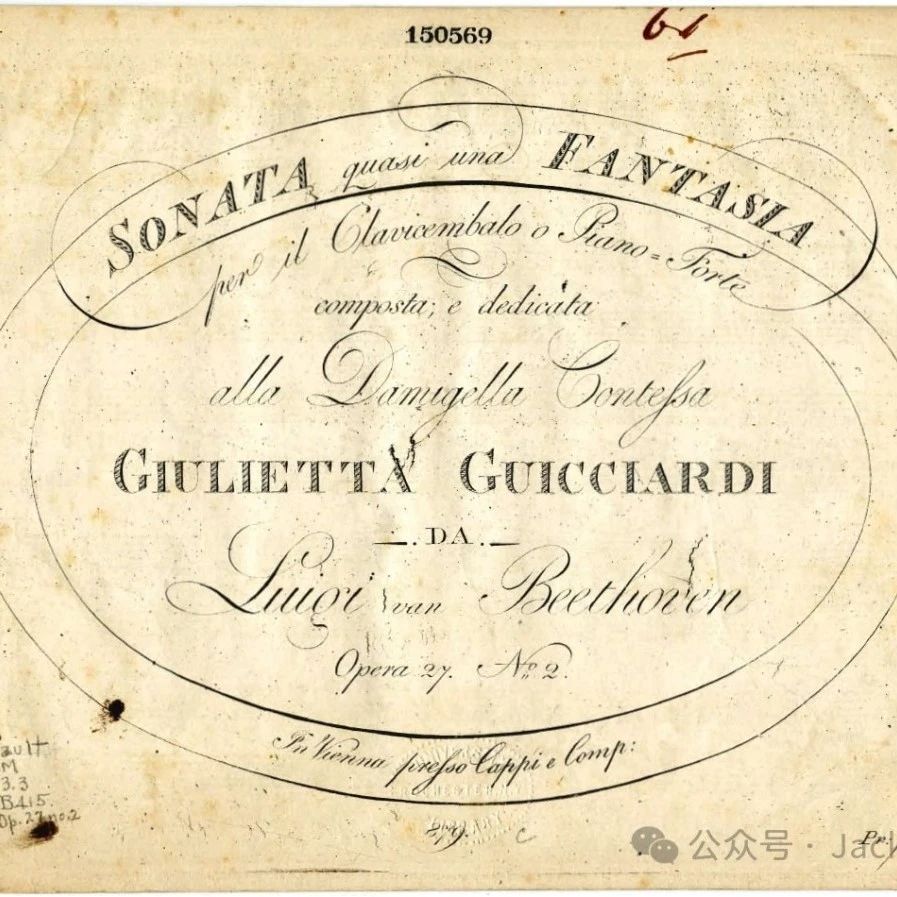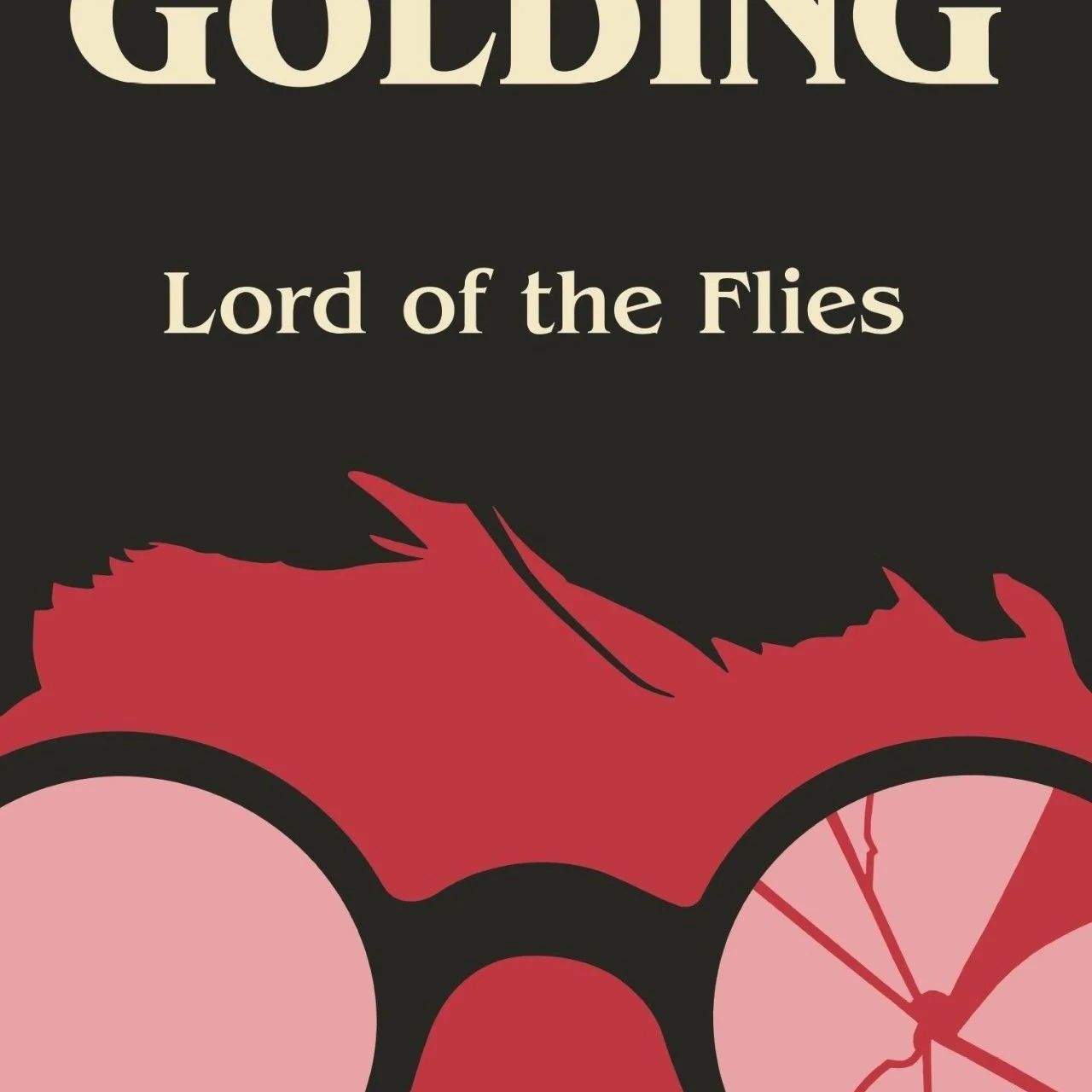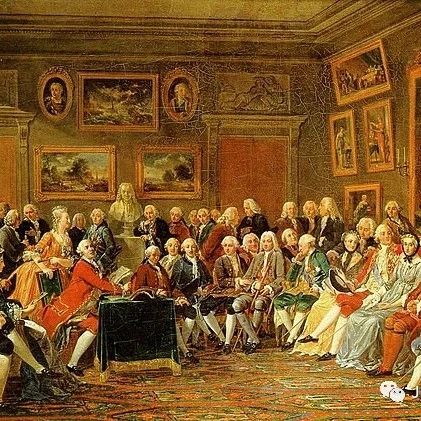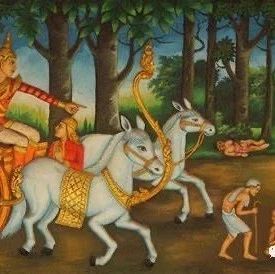Same Wars in Different Battleground
Recently, I read Once and When my name was Keoko. These two books share many common things, but I think the most obvious and important theme is war. The authors of the two books both try totell us that wars are cruel, unforgiving, and can cause immeasurable damage.
There are many similarities in how war was depicted in the two books. The authors tell us the direct harm of wars. People’s properties were deprived and looted without any compensation or reason, there were chaos everywhere. In When my name was Keoko, most of the possessions that Sun-Hee’s family had like rice and metal things were being taken by Japanese soldiers to fund the war. In Once, there were scenes when the Nazis took away all the things useful in a house and then burned the house to the ground. In addition, many families were ripped apart and members couldn’t see each other for years or even their entire lives. Can you imagine having to see your parents or children being shot dead just in front of you? Also, there was long time hunger for the victims in the war. In When my name was Keoko, the family ran out of rice and could only survive eating millet. In Once, there was clear evidence that food and water was inadequate. In the cellar where Barney intended to hide the kids, there was barely enough food to feed everyone. Also, he worked as a dentist for the Nazis to get food, which showed that his and the children’s lives were difficult.
Wars could also bring more deep and profound harm to the victim’s side. The invaders not only conquered them from the outside, but also they conquered many through the inside. Mental conquering was practiced in order to make the victims forgot their nation and true identity. In When my name was Keoko, the Japanese compelled the Koreans to speak Japanese, to change to Japanese names, and forbade the Koreans to speak Korean in school. In Once, the Jews were forbidden to practice their religion and national holidays, and were also required to do hard labor for the Nazis. But all of these claims were deceptive lies used to “tame” the victims.
Furthermore, the conquerors made up lies to fully let the conquered think that being victims was not such a bad idea. In When my name was Keoko, the Japanese falsely claimed that they were in Korea to do good, not to conquer. In Once, the Nazis said that death camps were in nice country sides, with little work and much food. But, all of that were lies.
However, there are also many differences in how war was depicted. In When my name was Keoko, the war was in Asia, and Korea remained intact. Whereas in Once, the battle field was in Europe. And, Europe was bombarded and changed, the Polish citizens either fled or being sent into concentration camps. Another good case in point is that the Nazis killed, burned, and slashed everything. In addition, the war depicted in When my name was Keoko was less violent, and it ended in the end of the book. In Once, war was more violent. There were many scenes of soldiers shooting people dead, and there was the scene when the river turned red from blood.
Wars are indeed extremely harmful to humankind. The trenches of the First World War, the nuclear mushroom cloud over Hiroshima, and the gory manias of Hitler look like a far from our race, but actually wars are upon us everywhere. We are always standing on the thre shold of both heaven and hell. We should learn and reflect upon previous bloody wars; only by this way can we truly distinguish which gate leads to the great road of peace.
- 本文标签: 原创
- 本文链接: http://www.jack-utopia.cn//article/515
- 版权声明: 本文由Jack原创发布,转载请遵循《署名-非商业性使用-相同方式共享 4.0 国际 (CC BY-NC-SA 4.0)》许可协议授权
